During the winter of 1957-58, Earl E. Bakken developed the first wearable transistorized pacemaker, the request of heart surgeon, Dr. C. Walton Lillehei. As earlier pacemakers were AC-powered, this battery-powered device liberated patients from their power-cord tethers. The wearable pacemaker was a significant step in the evolution to fully-implantable units.
1999
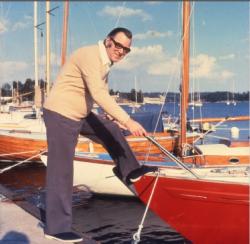
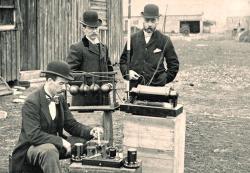
The first use of wireless telegraphy in the field occurred during the Anglo-Boer War (1899-1902). The British Army experimented with Marconi's system and the British Navy successfully used it for communication among naval vessels in Delagoa Bay, prompting further development of Marconi's wireless telegraph system for practical uses. The Anglo-Boer War of 1899-1902 will be remembered as the last of the gentleman's wars, the war that marked the end of the Victorian era.
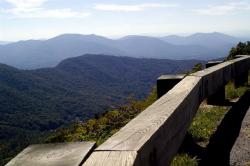
Designed to connect the Shenandoah National Park in Virginia and the Great Smokey Mountains National Park in North Carolina, the Blue Ridge Parkway was planned to provide pleasant motoring and to conserve and interpret the unique natural and cultural resources of the Southern Highlands. It was conceived also as a public works project to relieve unemployment in the Appalachian region during the Great Depression.

In the years 1926 to 1956, the German chemist Hermann Staudinger carried out his pathbreaking research on macromolecular chemistry in Freiburg. His theories on the polymer structures of fibers and plastics and his later research on biological macromolecules formed the basis for countless modern developments in the fields of materials science and biosciences and supported the rapid growth of the plastics industry. For his work in the field of polymers, Staudinger was awarded the Nobel Prize for chemistry in 1953.
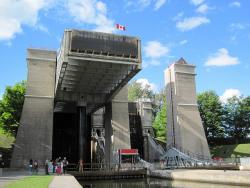
Opened July 9, 1904, this lift lock is the highest of its type in the world, transferring boats between two water levels in a single 19.8 m (65 ft.) lift. Designed in place of conventional locks, which would have lengthed the time considerably to transverse a gradual drop, this lift lock was a unique solution made feasible. It operates on a balance principle. Each boat chamber is supported by a ram, 2.28 m (7.5 ft.) In diameter. These move up and down inside water-filled cylinders connected by a pipe.
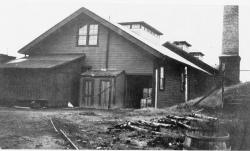
The city of Shreveport could not justify the cost of building a water distribution system solely for the purpose of supplying potable water. It was a series of disastrous fires in the 1880s that galvanized support for a pumping facility that would provide ample water for firefighting.
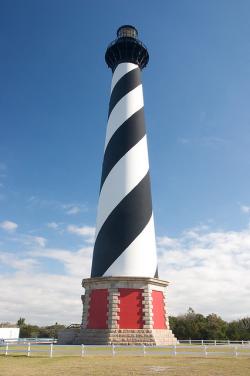
The Atlantic Ocean's northward-flowing Gulf Stream meets the southward-flowing Labrador Current at a point marked approximately by North Carolina's Outer Banks. Since the earliest days of United States commerce, shifting tides, inclement weather, treacherous shoals, and a low-lying shoreline there contributed to what soon became known as the Graveyard of the Atlantic. Warning sailors of this danger quickly became a top priority in the integrated system of navigational aids provided by the federal government to promote safe passage along the Atlantic Coast.

With its landscaped embankments, limited access, and depressed roadway, Arroyo Seco Parkway (now known as the Pasadena Freeway) became the prototype of the Los Angeles freeway system. Motorists enjoy a scenic drive featuring landscaped embankments lush with native chaparral. The curving alignment traverses a chain of small parks shaded by sycamores and eucalyptus and exposed views of the snow-capped San Gabriel Mountains.
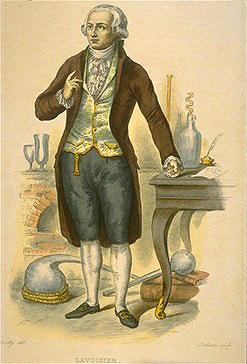
Antoine-Laurent Lavoisier studied at the Académie des Sciences de l'Institut de France (then "Collège Mazarin") from 1754 to 1761. He was elected to the Royal Academy of Sciences in 1768, where he presented his important studies on oxygen in chemistry. These began with a "pli cacheté" of Nov. 2, 1772, and, after he experimentally proved the chemical composition of water by the quantitative method, culminated in his abandoning of the phlogistic theory in 1785.
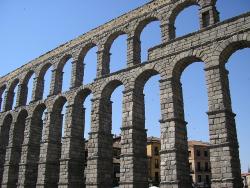
For 2,000 years, Aqueducto de Segovia has been conveying drinking water from the Frio River to Segovia, approximately 18 kilometers away. Built under the reign of Roman emperor Trajan, the aqueduct is one of the most intact and best-preserved Roman engineering masterpieces. Roman engineers built the channel of the aqueduct with an average one percent gradient over its whole length.
Innovations
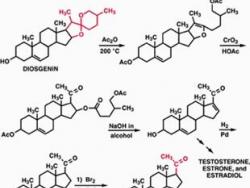
Steroid chemists often refer to the 1930s as the Decade of the Sex Hormones, when the molecular structures of certain sex hormones were determined and first introduced to medical practice as drugs. Russell Marker achieved the first practical synthesis of the pregnancy hormone, progesterone, by…
Read More
Maine's heavy snows led turnpike maintenance personnel to bring "left-handed" snow plows into prominence. By using left-handed and traditional right-handed plows in tandem, they were able to distribute snow more evenly - an important advance that has been emulated by many highway maintenance…
Read More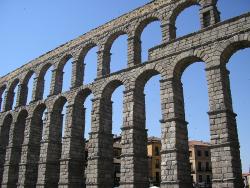
For 2,000 years, Aqueducto de Segovia has been conveying drinking water from the Frio River to Segovia, approximately 18 kilometers away. Built under the reign of Roman emperor Trajan, the aqueduct is one of the most intact and best-preserved Roman engineering masterpieces. Roman engineers built…
Read More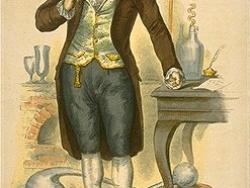
Antoine-Laurent Lavoisier studied at the Académie des Sciences de l'Institut de France (then "Collège Mazarin") from 1754 to 1761. He was elected to the Royal Academy of Sciences in 1768, where he presented his important studies on oxygen in chemistry. These began with a "pli cacheté" of Nov. 2…
Read More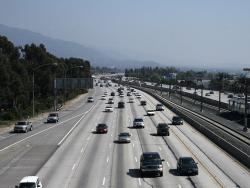
With its landscaped embankments, limited access, and depressed roadway, Arroyo Seco Parkway (now known as the Pasadena Freeway) became the prototype of the Los Angeles freeway system. Motorists enjoy a scenic drive featuring landscaped embankments lush with native chaparral. The curving…
Read More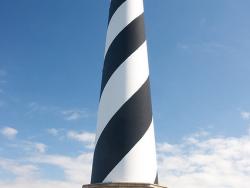
The Atlantic Ocean's northward-flowing Gulf Stream meets the southward-flowing Labrador Current at a point marked approximately by North Carolina's Outer Banks. Since the earliest days of United States commerce, shifting tides, inclement weather, treacherous shoals, and a low-lying shoreline…
Read More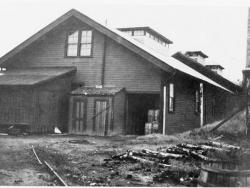
The city of Shreveport could not justify the cost of building a water distribution system solely for the purpose of supplying potable water. It was a series of disastrous fires in the 1880s that galvanized support for a pumping facility that would provide ample water for firefighting.
…
Read More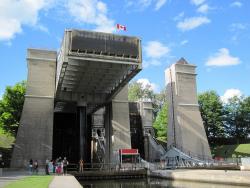
Opened July 9, 1904, this lift lock is the highest of its type in the world, transferring boats between two water levels in a single 19.8 m (65 ft.) lift. Designed in place of conventional locks, which would have lengthed the time considerably to transverse a gradual drop, this lift lock was a…
Read More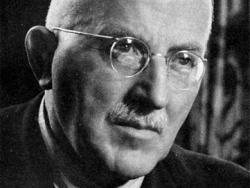
In the years 1926 to 1956, the German chemist Hermann Staudinger carried out his pathbreaking research on macromolecular chemistry in Freiburg. His theories on the polymer structures of fibers and plastics and his later research on biological macromolecules formed the basis for countless modern…
Read More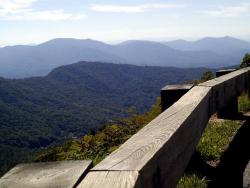
Designed to connect the Shenandoah National Park in Virginia and the Great Smokey Mountains National Park in North Carolina, the Blue Ridge Parkway was planned to provide pleasant motoring and to conserve and interpret the unique natural and cultural resources of the Southern Highlands. It was…
Read More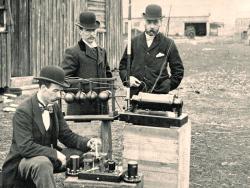
The first use of wireless telegraphy in the field occurred during the Anglo-Boer War (1899-1902). The British Army experimented with Marconi's system and the British Navy successfully used it for communication among naval vessels in Delagoa Bay, prompting further development of Marconi's…
Read More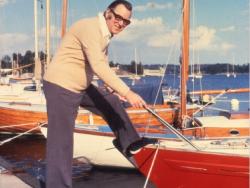
During the winter of 1957-58, Earl E. Bakken developed the first wearable transistorized pacemaker, the request of heart surgeon, Dr. C. Walton Lillehei. As earlier pacemakers were AC-powered, this battery-powered device liberated patients from their power-cord tethers. The wearable pacemaker…
Read More

